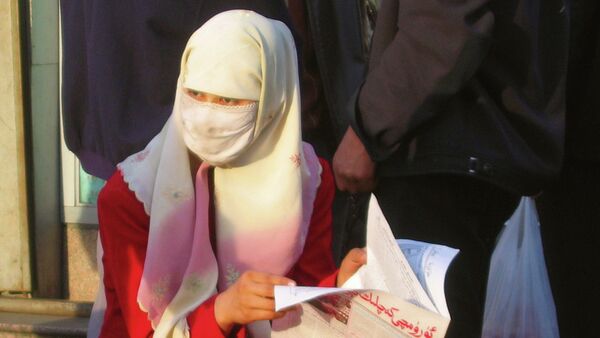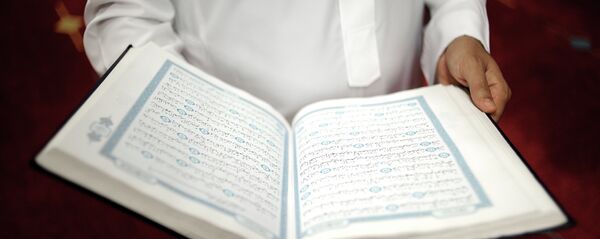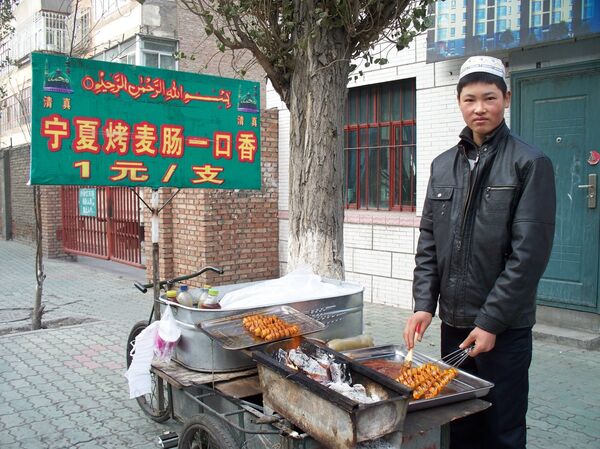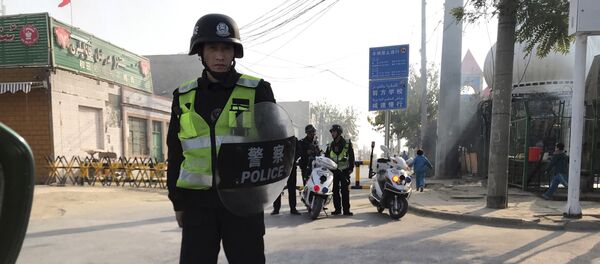Along with Buddhism, Taoism, Catholicism and Protestantism, Islam is one of the five religious denominations in China with the status of a "major religion," with freedom of worship officially protected under the Chinese Constitution of 1982.
Earlier this year, the Chinese government published a white paper entitled "China's Policies and Practices on Protecting Freedom of Religious Belief," laying out state policy toward religion, including Islam. In this document, it's estimated that China has a Muslim population of over 20 million, with 57,000 clerical personnel serving in 35,000 mosques throughout the country, as well as 10 Islamic religious schools.
The white paper emphasizes that Muslim customs, including those "regarding food and drink, clothing, festivals, marriages and funerals," are fully respected, and that the Islamic Association of China, the official representative organ of Chinese Muslims, organizes pilgrimages to Saudi Arabia each year, with over 10,000 participants sponsored over the last decade.
Full text: China's Policies and Practices on Protecting Freedom of #Religious Belief.https://t.co/T8Oj88pQtA pic.twitter.com/cEPwXFNTH3
— China SCIO (@chinascio) 3 апреля 2018 г.
Opposition to Religious Extremism & Foreign Interference
Pointing to efforts to combat religious extremism, the document emphasizes that China's "Islamic community focuses on interpreting the thoughts in its religious doctrine of patriotism, peace, unity, tolerance and the Middle Path, serving to form correct belief, discerning right from wrong, opposing secession, and resisting religious extremism." Multiple religious and academic seminars and conferences have been held with these issues in mind in recent years.
Finally, and crucially, the white paper notes that while the Chinese government "supports and encourages" religious organizations to develop ties with religious groups overseas, it will "resolutely oppose" any attempts to "interfere in China's religious affairs" or "subvert the Chinese government and socialist system under the guise of religion."
Ethnic Breakdown
About half of China's Muslim population (or about 10.5 million people) consists of the Hui – ethnic Han Chinese and descendants of Arab and Persian merchants integrated into Chinese society and culture but practicing the Islamic faith, and concentrated in the provinces of Ningxia, Gansu and Yunnan in the country's north and south.
The remainder of China's population of Muslims consists mostly of settlers from Central Asia, including ethnic Uzbeks, Kazakhs and Tajiks, as well as immigrants from the Middle East and Africa, with the latter concentrated in China's major cities.
In the years immediately following the communist victory in the Chinese civil war in 1949, all of China's Muslim groups, like worshipers from all other religions, were subjected to repression, including violence, arrests, and the closure and destruction of mosques and Islamic schools. However, starting in 1978, two years after the death of Mao Zedong, the country's leadership began to adopt a variety of acts guaranteeing human rights, including the freedom of worship.
The Uyghur Issue
In connection with the persistent threats of terrorism and separatism in Xinjiang motivated by Pan-Turkic and Uyghur nationalism as well as Islamist fanaticism, the Chinese government has taken a number of measures which some Uyghur activists and Western human rights organizations have deemed excessive.
From time to time, both in Xinjiang and other areas of China, Uyghur separatism and Islamism have spilled out into violence involving gun, bomb, knife and car ramming attacks. In 2009, Uyghur demonstrations and violence in Xinjiang's capital of Urumqi over a civil disturbance by Uyghur factory workers in the south Chinese city of Shaoguan ended in over 1,500 arrests and at least 197 deaths. In the years before and since, China has faced a number of other terrorist incidents, including the 1992 and 1997 Urumqi bombings, the 2010 Aksu bombing, the 2011 Hotan attack, the 2011 Kashgar attacks, the 2014 Urumqi attack, the 2015 Guangzhou attacks, and the 2016 car ramming attack against the Chinese Embassy in neighboring Kyrgyzstan. In the war in Syria, an estimated 10,000 Uyghur Salafist jihadists, allied to the Nusra Front,* have been involved in the war against the Syrian government and its allies.
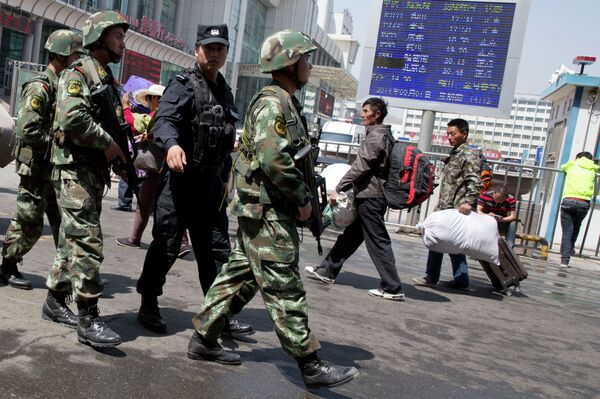
'Reeducation Camps?'
Last month, a UN survey citing "credible reports" and expertise by Human Rights Watch, Amnesty International, the exiled World Uyghur Congress, and other groups, expanded the claims against China, estimating that over one million Uyghurs have been detained, and charging Beijing with racism and the unequal treatment of ethnic minorities.
According to the UN report, these "re-education camps for Muslims" subjected detainees to "brainwashing," extreme surveillance, and even torture.
Chinese officials have refuted the report, telling the UN Panel on the Elimination of Racial Discrimination that the claims were "completely untrue" and emphasizing that there was no such thing as "reeducation centers" in China.
Officials did acknowledge that individuals who had been "deceived by religious extremism" were given mandatory vocational training, language, cultural, ideological, and legal lessons, as well as psychological counselling. However, it's crucial to distinguish between efforts to rehabilitate those afflicted by extremism, and claims of a widespread discriminatory campaign specifically directed against Muslims. Furthermore, with Islamist and separatist extremism being issues which traditionally affect only a tiny minority of a given community, the idea that Chinese authorities could detain upwards of ten percent of the entire Uyghur population is absurd.
The lead sources for this article are the World Uyghur Congress—which is funded by the notorious US regime change outfit, the National Endowment for Democracy—and a report by Radio Free Asia, a news station created + funded by the US state. Very credible. https://t.co/3cuDO5eMtZ
— Ajit Singh (@ajitxsingh) 6 июня 2018 г.
The Usual Suspects
* Aka al-Qaeda in Syria, a terrorist group outlawed in Russia and many other countries.
